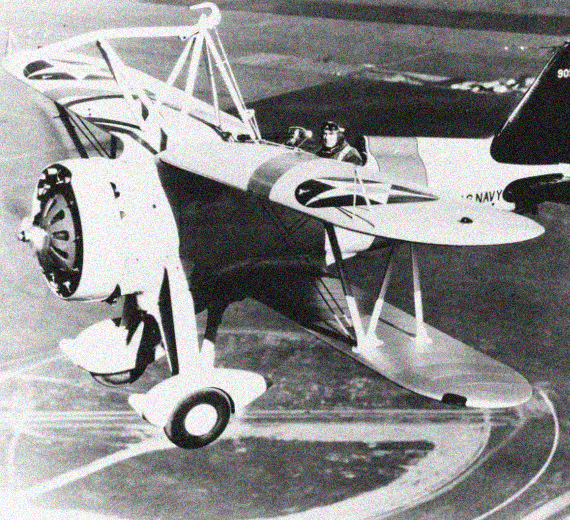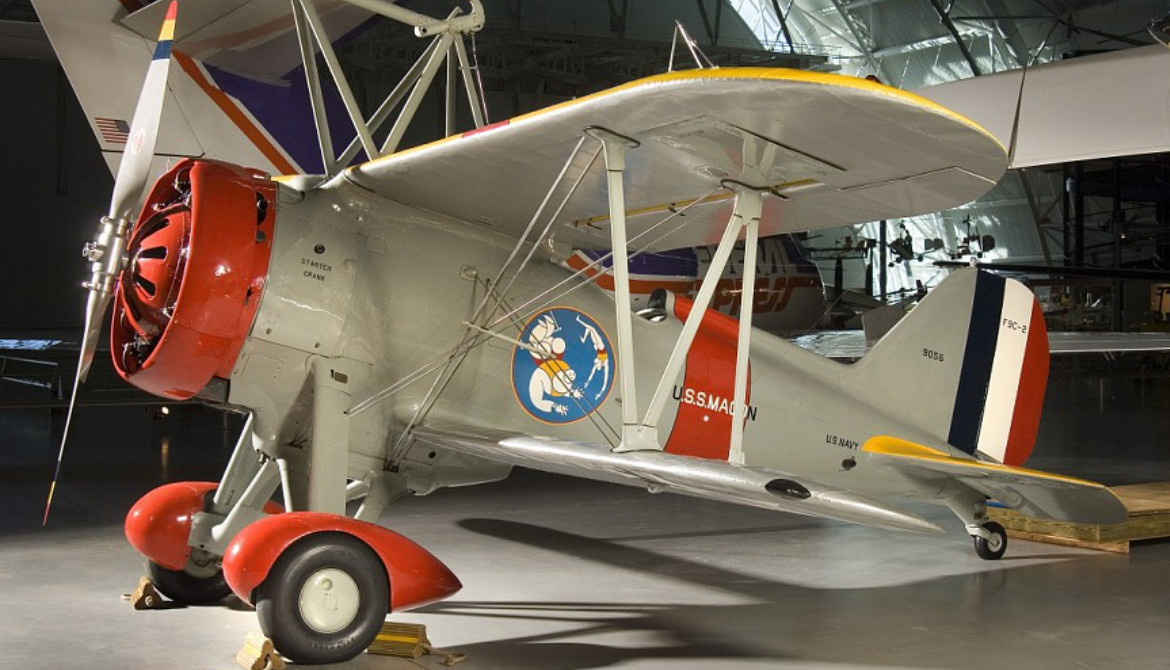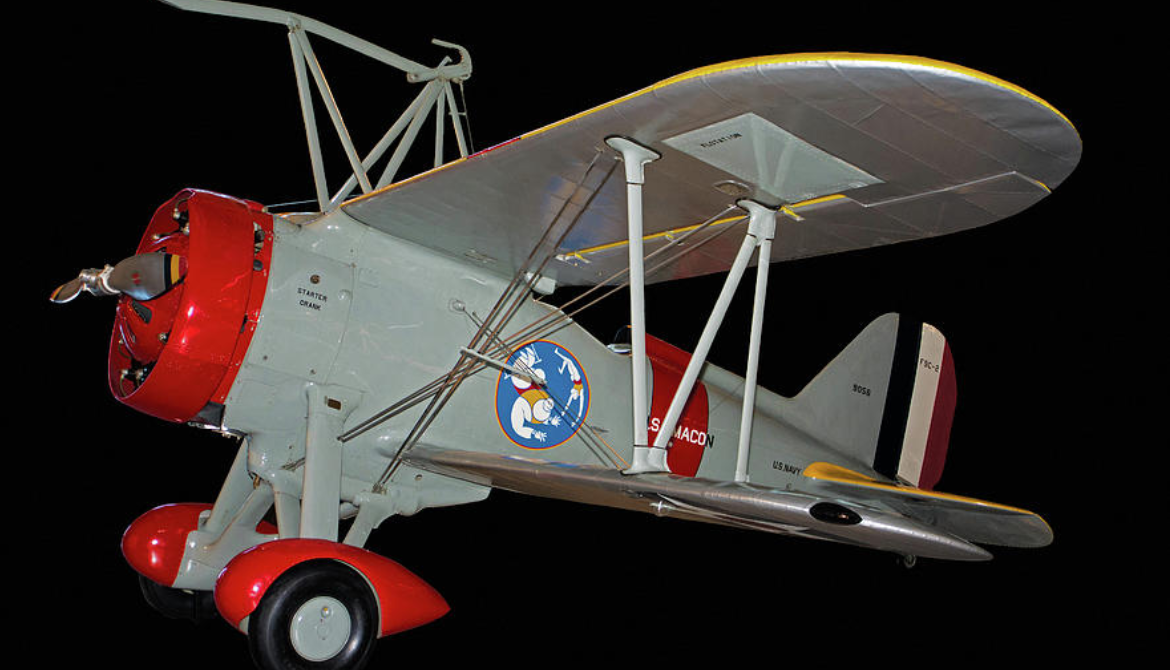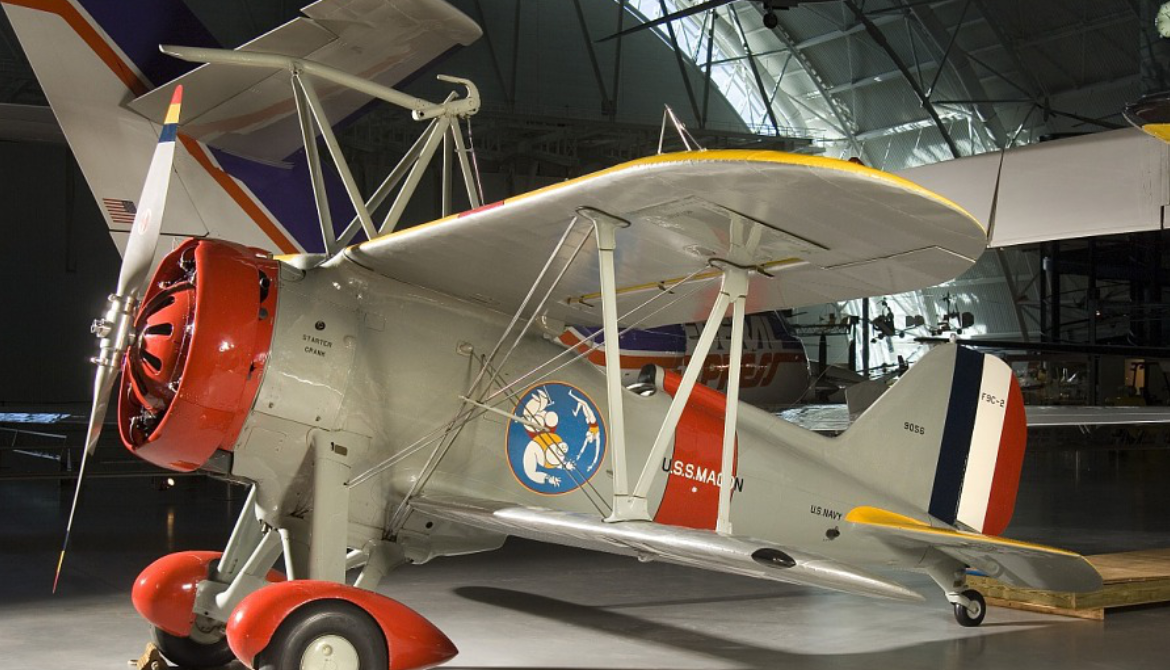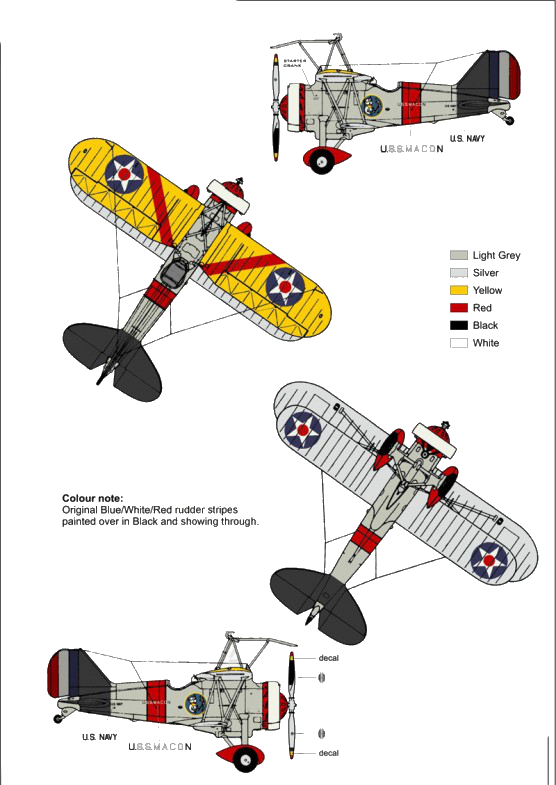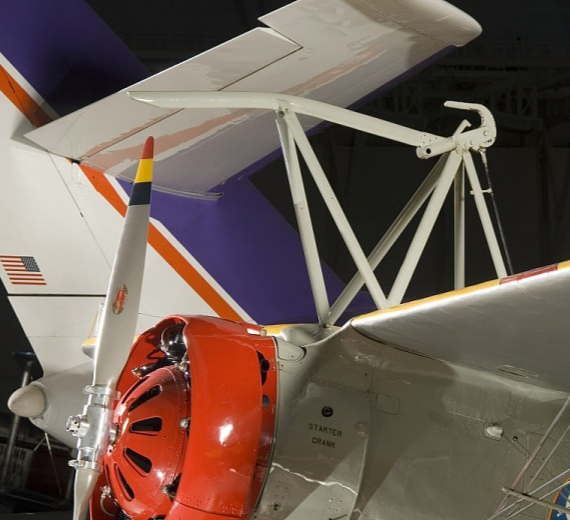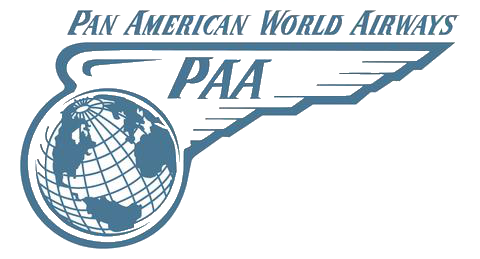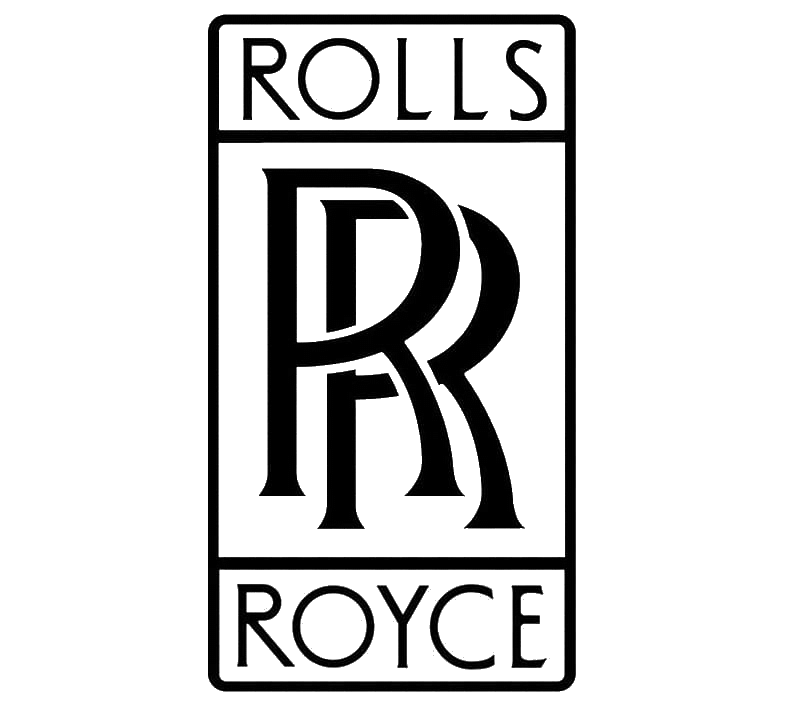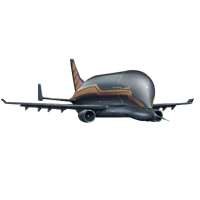Curtiss Wright Curtiss F9C Sparrowhawk
 |
|
| F9C-2 Sparrowhawk BuNo 9058 in flight over Moffett Field, California in 1934. This aircraft was lost with the USS Macon. Pilot in this photo is Lt. Harold B. Miller, commander of the Heavier-Than-Air Unit. |
Role Parasite fighter
Manufacturer Curtiss Aeroplane and Motor Company
First flight 12 February 1931
Introduction 1931
Retired 1937
Status Retired
Primary user United States Navy
Number built at least 7
.
History Curtiss Wright
Curtiss F9C Sparrowhawk
First Flight 12 February 1931
Introduction 1931 Retired 1937

The Curtiss F9C Sparrowhawk is a light 1930s biplane fighter aircraft that was carried by the United States Navy airships USS Akron and Macon. It is an example of a parasite fighter, a small airplane designed to be deployed from a larger aircraft such as an airship or bomber.
The concept of fixed-wing aircraft being carried and launched from airships was initially developed during the First World War - initially, this proposal originated in the United Kingdom, to allow British interceptors to conserve fuel by being carried to an altitude whereby they could then engage German zeppelins. The increasing use of airships in the armed forces of various countries led to variations on the idea of using aircraft with them, with major uses being for reconnaissance, extending the reach of the airship beyond the horizon, and to provide the airship with a degree of self-defence. In the late 1920s, the US Navy began experimenting with its airships, initially using USS Los Angeles as a platform for testing the concept of the so-called parasite aircraft. The success of these tests led to the decision to build two new airships capable of accommodating an on-board air group of specially designed aircraft.

0
KmCeiling
0
KmCombat RANGE
0
Km/hAircraft Speed
0
Max Crew
Photo Gallery
Curiss Wright
Curtiss F9C Sparrowhawk
First Flight 12 February 1931
Introduction 1931

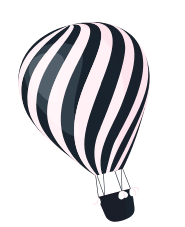
Curtiss Wright
Curtiss F9C Sparrowhawk
General Info
-
-
- Crew: 1
- Length: 20 ft 2.0 in (6.147 m)
- Wingspan: 25 ft 6.0 in (7.772 m)
- Height: 10 ft 6 in (3.2 m)
- Wing area: 172.79 sq ft (16.053 m2)
-
Powerplant
-
-
- Empty weight: 2,089 lb (948 kg)
- Gross weight: 2,776 lb (1,259 kg)
- Powerplant: 1 × Wright R-975-E3 9-cyl. air-cooled radial piston engine, 438 hp (327 kW)
-
Performance
- Maximum speed: 176.5 mph (284.0 km/h, 153.4 kn)
- Range: 297 mi (478 km, 258 nmi)
- Service ceiling: 19,200 ft (5,900 m)
- Rate of climb: 1,700 ft/min (8.6 m/s)
- Wing loading: 16 lb/sq ft (78 kg/m2)
- Power/mass: 0.086 hp/lb (0.259 kW/kg)
.
Links to Youtube & Others
Only one intact Sparrowhawk survives today. BuAer number 9056 was pending write-off at NAS Hampton Roads in 1939 when it was transferred to the Smithsonian Institution.
Curtiss Wright
Curtiss F9C Sparrowhawk
One interesting use of the Sparrowhawks was to act as 'flying ballast'.
Youtube Link
The airship could take off with additional ballast or fuel aboard instead of its airplanes.
